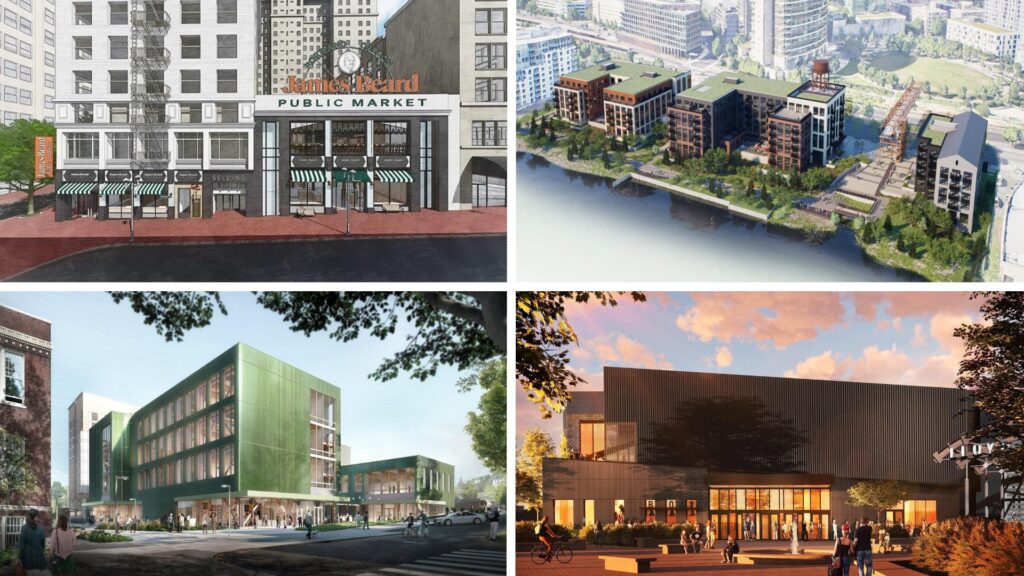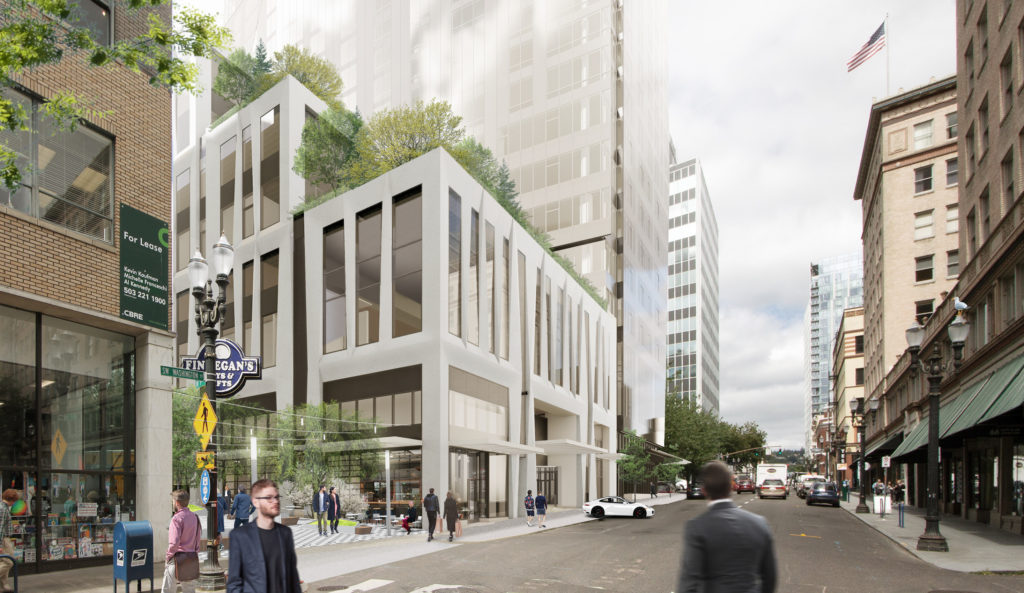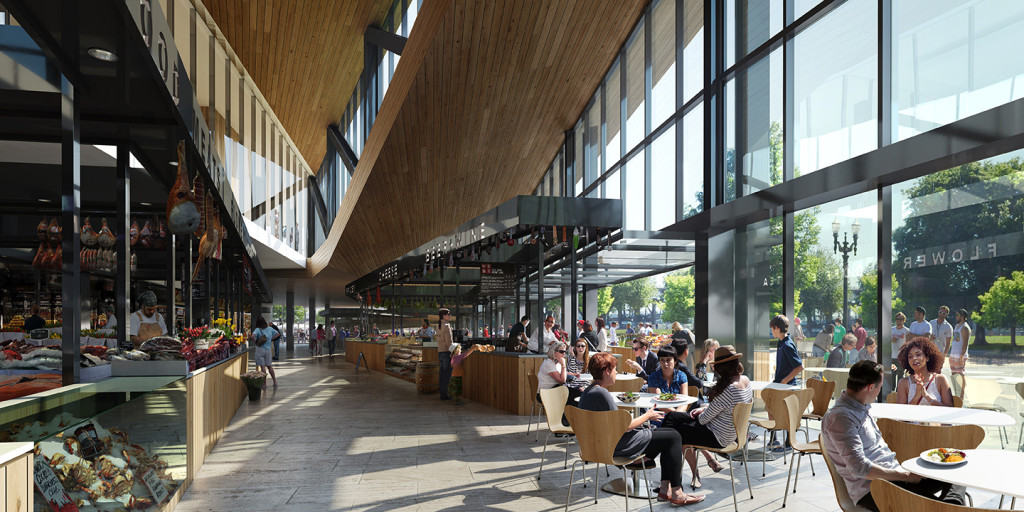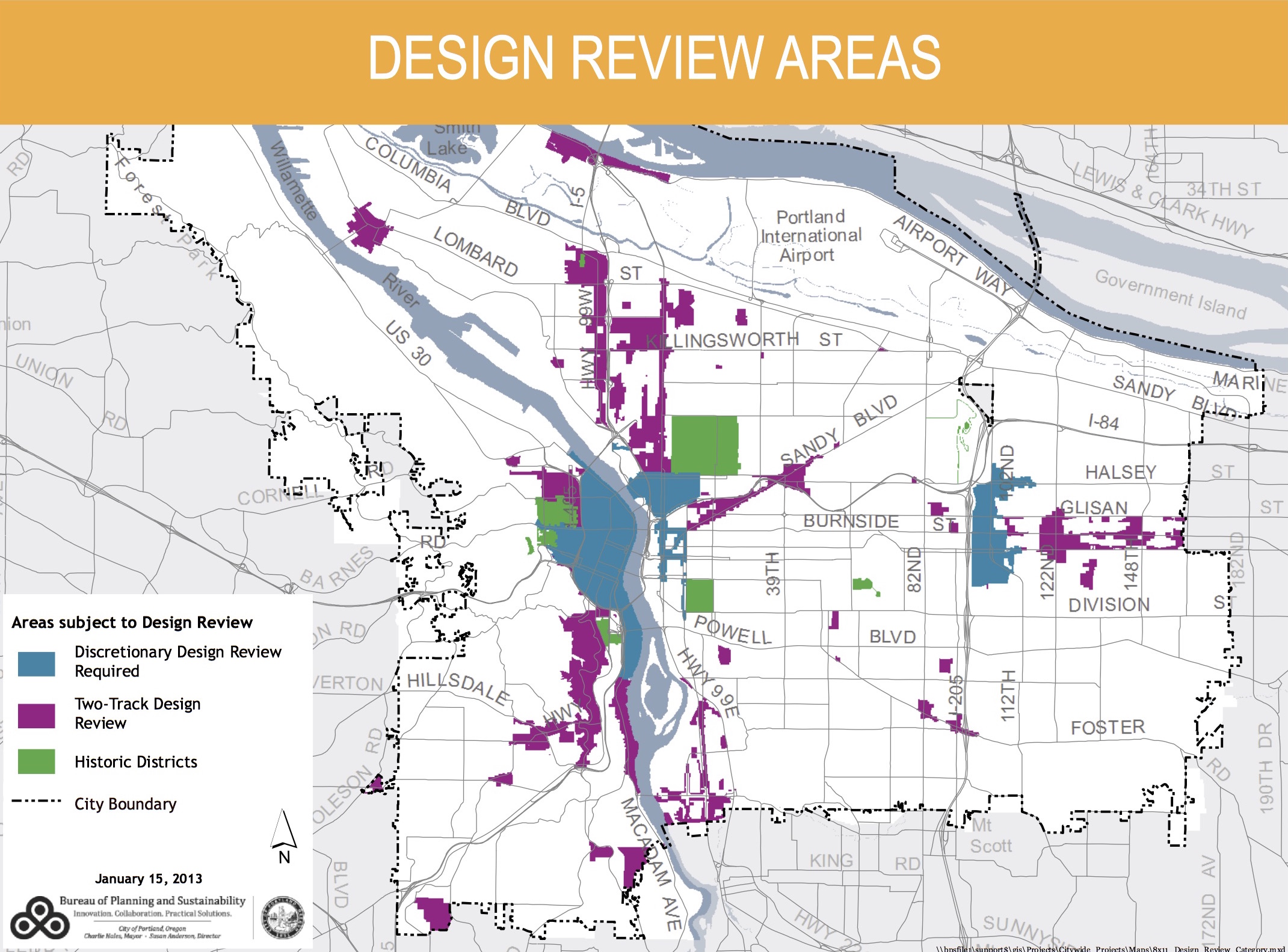
It’s been a while.
Next Portland was consistently published from 2014 to 2022, and documented the boom times of development in Portland. At its peak, the site was publishing daily articles about projects ranging in scale from small infill buildings to large master plans. For the most part, all of that was done by myself as a side project.
I never intended to stop publishing, but as I got busier in both my professional and personal life it became harder to dedicate time to this project. Much of my available time was spent maintaining the site, which proved to be a far more labor intensive task than intended. As I got further into maintaining the site, the more behind I became on the content I was passionate about covering, and so began the long pause of posting that I am eager to break in the coming weeks.
While no one would argue we’re in the boom times, there are still plenty of interesting development projects happening across the city and region. This momentum deserves to be highlighted, now more than ever. The last post on the site is from 2023, and those two buildings are now built and occupied, so we have plenty to catch up on.
I don’t want it to be another two years until the next article is shared, so that’s where you all come in.
Over the course of the year, I’ve been working with friends and colleagues to transition Next Portland into a nonprofit—a greater reflection of the community-led impact and attention the site has garnered since the beginning. With the creation of this new organization, the goal is to attract more volunteer effort and collaboration with both public and private sectors. I hope to make the site a collaborative project, dedicated to the longtime mission of making it easier to discover what’s being built in Portland.
If you’re interesting in being part of the future of Next Portland, we’re looking for people who are willing to help with any of these tasks:
- Writing articles about projects that are in design or under construction, consistent with the Next Portland house style
- A redesign of the website using an easily maintained WordPress theme
- Design of a logo for use on the site and social media
- Managing social media accounts (Instagram, Facebook, LinkedIn, Bluesky)
- Writing news roundup posts on a regular cadence, with links to relevant stories in other local media
- Creation of a new development map
- Creation of an events calendar
- Maintenance of events calendar
At 6PM on Tuesday October 7th, Next Portland will be hosting a volunteer kick off event at the City of Possibilities space in the JK Gill Building at the 408 SW 5th Ave. If you’d like to attend, please register here so that we count the number of people we expect to attend. For those unable to make it, we’ll share more information about how to get involved after the event.
Over time we may choose to expand the type of content published on Next Portland, including the addition of clearly identified analysis and commentary. We’d love to hear kind of content you’d like to see. What won’t change is that project specific posts will remain written in the same neutral manner that they always have been, without editorial comment.
Regards,
Iain



